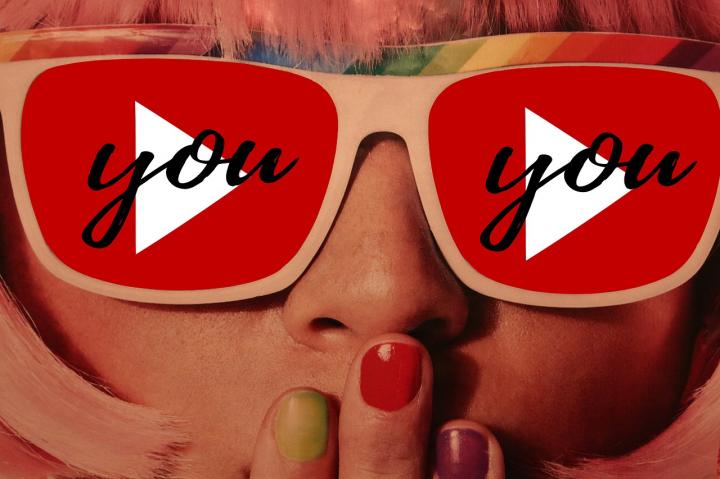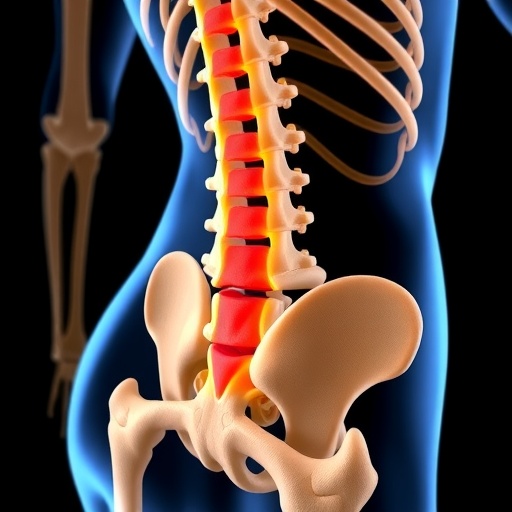An article published in the journal Information, Communication & Society by Fernanda Pires, Carlos A. Scolari and Maria-José Masanet,examines teenagers’ use of YouTube and the metaphors that arise when putting these uses into discourse.

Credit: UPF
What are teens doing with YouTube? Practices, uses and metaphors of the most popular audio-visual platform” is the title of an article published in the journal Information, Communication & Society by Fernanda Pires, Maria-José Masanet and Carlos A. Scolari, members of the MEDIUM research group at the Department of Communication at UPF and the Department of Library and Information Science and Audiovisual Communication of the UB. The article is part of Transmedia Literacy, a H2020 research project led by Carlos A. Scolari involving 50 researchers from eight countries between 2015 and 2018.
Transmedia Literacy seeks to answer two questions: what teenagers do with the media and how they have learned it. To do so, a map of transmedia skills and informal learning strategies was created and subsequently the ‘Teacher’s Kit, a series of educational activities to take advantage of this knowledge, was designed. It involved 1,633 boys and girls from eight countries. Australia, Colombia, Uruguay, Spain, Finland, Italy, Portugal and the United Kingdom, yielding data from a multi-method approach, using questionnaires, participatory workshops, interviews, media diaries and the observation of online communities. In a recent article, the project explored particularly what teenagers are doing with YouTube, the popular online audiovisual platform among teenagers.
Uses of YouTube regarding young people’s social life
Among its users, the research has found five possible uses of YouTube: radio (listening to music and searching for, downloading or storing music), TV (watching videos and news, following YouTubers and celebrities, etc.), social (sharing content, making comments, getting social recognition, co-viewing and co-creation), productive (creating and managing their own content), and educational (obtaining information and tutorials, learning by imitating, etc.).
In addition, the researchers found that the uses made of the platform by teenagers vary based on their daily routines and the way in which they integrate the logics of YouTube in the various dimensions of their social life, as a means of communication or as a platform to acquire knowledge and skills, for instance.
Metaphors they apply in their discourse on the platform
To complete the study of the uses and practices teens make of YouTube, the article also analyses the metaphors on YouTube that young people apply in their discourses on the platform. The teens describe YouTube as a means of support, dissemination, connection, participation, education, etc. Despite the civic potential of social media and the numerous studies focusing on participatory culture, the researchers have not found YouTube to have a civic use, although they do not rule out this possibility.
“From this cognitive approach, the metaphors on the use of YouTube are not just a way of enriching the language, but a powerful tool to understand and reflect on new phenomena emerging among young people”, the authors assure. Studying adolescents’ collaborative practices and transmedia uses on a platform like YouTube offers a universe of possibilities for understanding these social phenomena.
The metaphors identified reflect ongoing mutations regarding the uses and practices of adolescents, reinforcing the idea that YouTube, like any other technology, can have different meanings and interpretations for different groups.
YouTube, a mutant platform
“That is, when a teenager is looking for content, YouTube is described as a search engine, but depending on what the teenager does with these contents, it can be seen as a tool for entertainment, education, participation, etc.”, the researchers suggest. Therefore, the study has revealed a long list of metaphors, which indicates that YouTube is a mutant platform that moves through different phases and conceptions.
This research could be extended in different directions. The authors suggest that it would be interesting to analyse the practices and uses made of YouTube by other social groups to compare them with those of teenagers. YouTube is a polyphonic technology that can generate different interpretations in the synchronous plane (i.e., between different social groups) but also in the diachronic plane (i.e., at different stages of its evolution).
Finally, in the light of the results, the authors highlight that it is important to explore why many studies focus only on the potential risks of using social networks yet they ignore the potential benefits they may have for adolescents, thus arousing social anxiety.
###
Media Contact
UPF
[email protected]
Original Source
https:/
Related Journal Article
http://dx.




